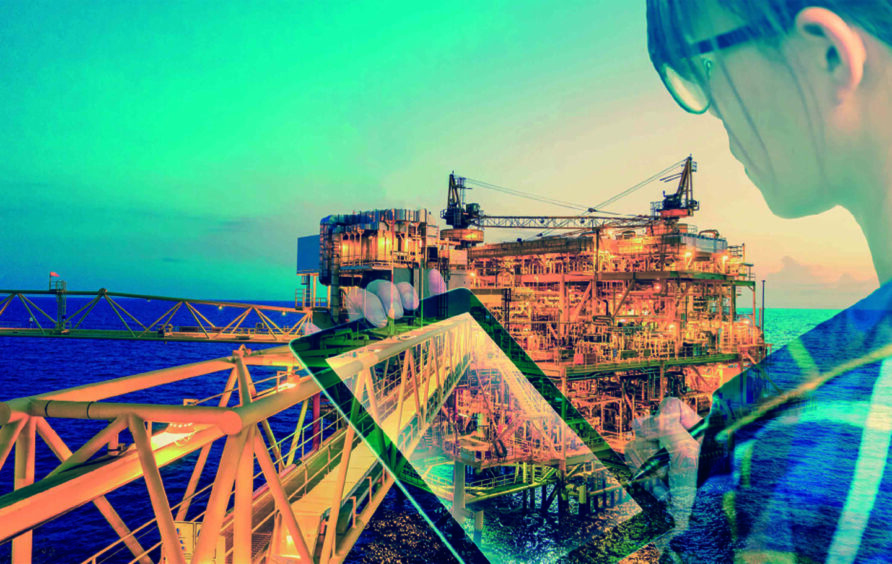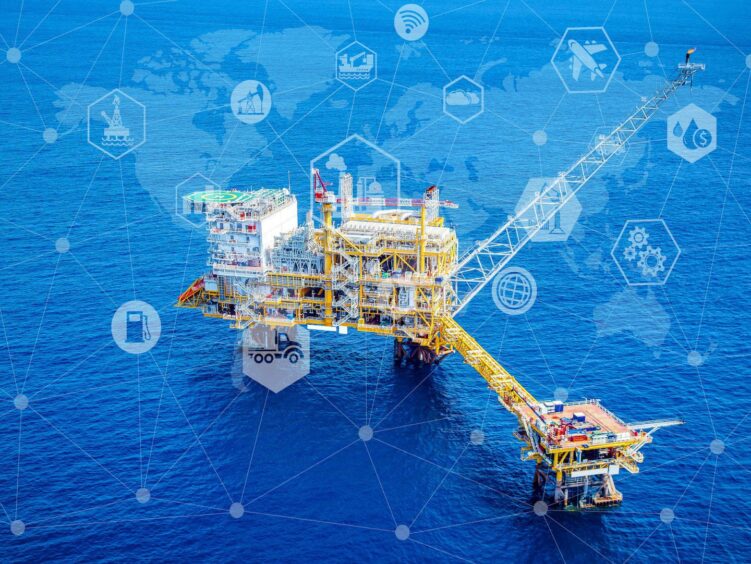
Bureau Veritas Marine and Offshore is redefining the role of the Independent Verification Body with its vision of a paradigm shift in the verification model through what it calls Verification 2.0.
The initiative builds on the maturity of industry guidance from organisations including Step Change in Safety, Offshore Energies UK and the Health and Safety Executive that have converged with modern data analytics such as BV M&O’s BV Compliance and LiveRAM tools.
Predicting what will happen next is difficult – we’re all aware of that given everything that’s happened in the last few years. But just because we cannot be certain what events will occur, it doesn’t mean that we can’t be prepared. After all, failing to prepare is preparing to fail.
There’s a quote by former US Secretary of Defense Donald Rumsfeld about known knowns, known unknowns, and unknown unknowns.
It is straightforward to prepare for the known knowns, and to a limited extent, the known unknowns. But what about the unknown unknowns, the things we don’t know we don’t know?
In the offshore industry, there are organisations that are mature, have resilient systems and are able to be proactive and predictive (as far as possible) in coping with demands and changes.
These companies are dealing with unknown unknowns. They are flexible within strong processes, Much like the willow tree – they have strong roots but are supple enough to adapt to different situations.
But how do they get there? A major help can be to work with an Independent Verification Body (IVB) to assess equipment and facilities, ensuring relevant legislation is followed and there is minimal risk.
In years gone by, all verification was carried out in-person, and although remote working was already in development, its growth was accelerated by the onset of covid.
Today, that remote process is a standard offering and accepted method of ensuring there is an accurate overview of an organisation’s safety and environmental critical element (SECE) performance.
As a member of an industry that is always working to evolve new practices and deliver savings at every opportunity, following the first trials of remote verification in 2019, Bureau Veritas Marine and Offshore (BV M&O) has identified further elements of the process that can be achieved just as well remotely as in person.

The advances in digital technology, coupled with improved access to systems, have led to time spent by a verifier on the asset being reduced by as much as 50%. And while there will always be a requirement for people to travel offshore to carry out this type of work, remote verification does allow them to focus their efforts on areas where they can add even more value when on the asset.
Following the successful development of remote verification, BV M&O has adapted the workflow of BV Compliance (a digital system that provides end-to-end management for ongoing verification projects) to encapsulate remote control measures, which leverage the ever-increasing views and data now available remotely.
In turn, this has resulted in BV M&O investing in a dedicated Remote Operations Centre, which allows verifiers to immerse themselves in all available data. Not only giving them access to information they would get if they were physically on the asset, but in certain instances, it will provide even more insight and focus.
These developments are another step on the journey of BV M&O to redefine the role of the IVB through its vision of the verification model – Verification 2.0.
This work has resulted in a methodology that delivers a verification process that covers Plant, People and Process; making verification a proactive model that drives organisational maturity while providing the verifier with a leading indication of SECE health and an overview of weak signals in risk management.
Verification 2.0 validates, improves monitoring, and leverages the organisational maturity of the duty holder against industry-recognised best practice through a survey of selected personnel.
The results are analysed and validated, with the resulting weak signals informing the monitoring of the risk management processes and leading indicators directing the verifier based on SECE health.
Being able to apply Verification 2.0 on existing offshore assets has already demonstrated a significant time saving, with BV M&O already having validated against measures such as competency management, cumulative risk management and process safety performance (PSP) indicators.
It is a proven and tested way of working and includes all leading indicators of a predictive and proactive organisation.
By driving improvement in organisational maturity, we can spend less of the verifier’s time on the likes of counting life jackets and focus on the highly critical areas of operational integrity – increasing our awareness of the importance of unknown unknowns and focusing effort on high-risk equipment.